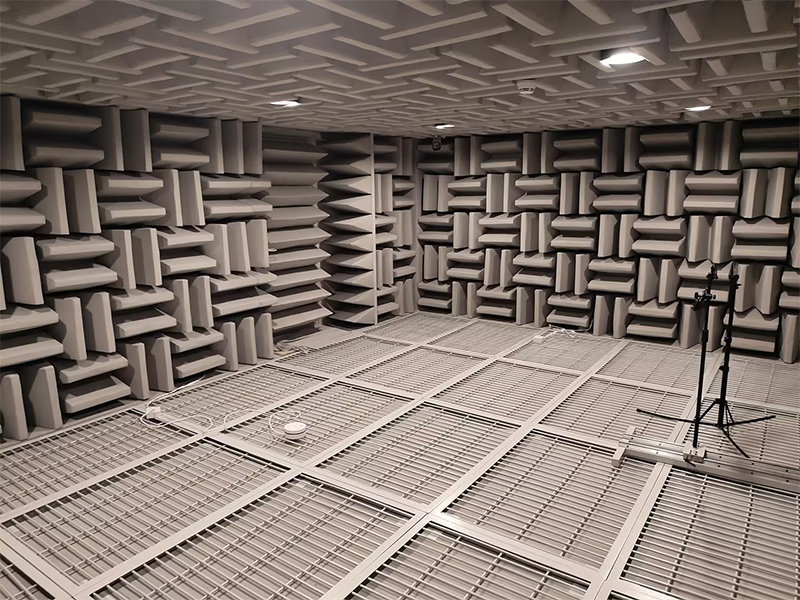Before a new product is developed and put into production, the noise test will be carried out first. Today, Static Ring Acoustics will share with you several important reasons for the acoustic test of the product:
Assessing Noise Levels: Acoustic testing can help assess the level of noise a product will produce during use. Noise is a common environmental problem that negatively affects people's health and comfort. By testing the noise level of a product, it can be determined whether it complies with the relevant noise standards and regulatory requirements, thereby ensuring the safety and usability of the product.
Improve product design: Acoustic testing can help uncover noise sources and problems in product designs. Through testing, noise sources can be identified and located, and their causes can be understood. This will provide valuable information for product design and improvement to reduce noise levels and improve product quality and competitiveness.
Optimizing User Experience: The acoustic performance of a product has a significant impact on user experience. Acoustic testing can evaluate the product's sound quality, timbre and volume and other characteristics to ensure that the product provides a good acoustic experience during use. Optimizing the acoustic performance of a product will increase user satisfaction and loyalty.
Meet regulatory and standard requirements: Many countries and regions have relevant noise and acoustic standards, and products must meet these requirements before they can be marketed. Acoustic testing can ensure that products comply with local regulations and standards to avoid possible legal disputes and product recalls.
Provide technical support and reference: Acoustic testing can provide technical support and reference for product development and production. Through the test data and results, it can provide a strong basis for product design, material selection and process improvement. At the same time, acoustic testing also provides important reference and guidance for problem solving in the product development process.
To sum up, acoustic testing of products is conducted to evaluate noise levels, improve product design, optimize user experience, meet regulatory and standard requirements, and provide technical support and reference. This will help improve the quality and competitiveness of products and provide users with a better experience.

